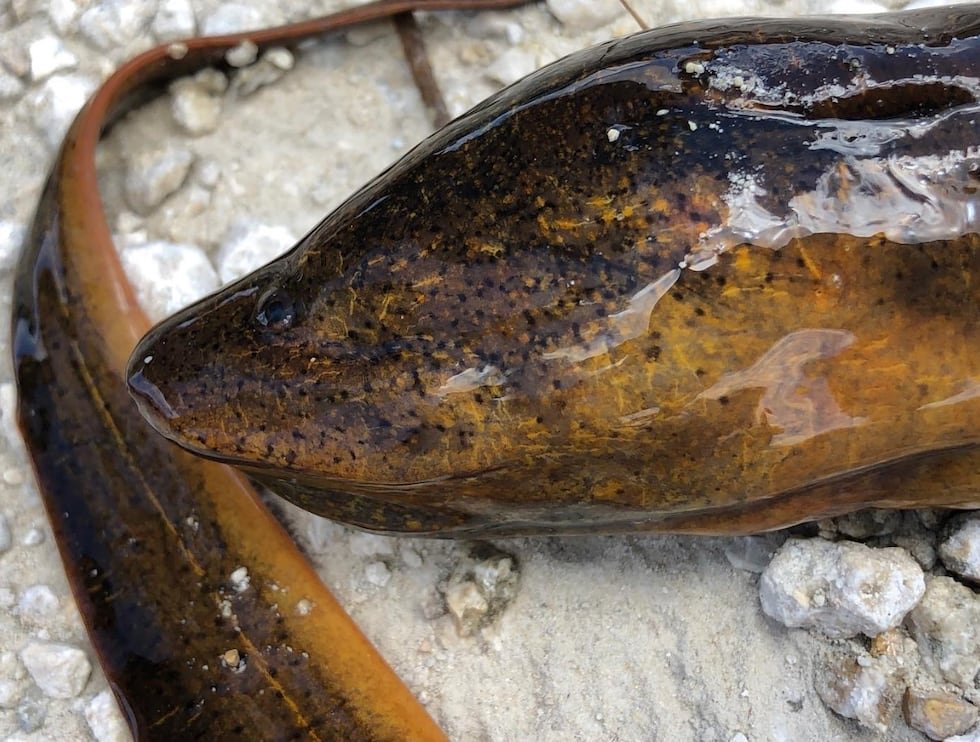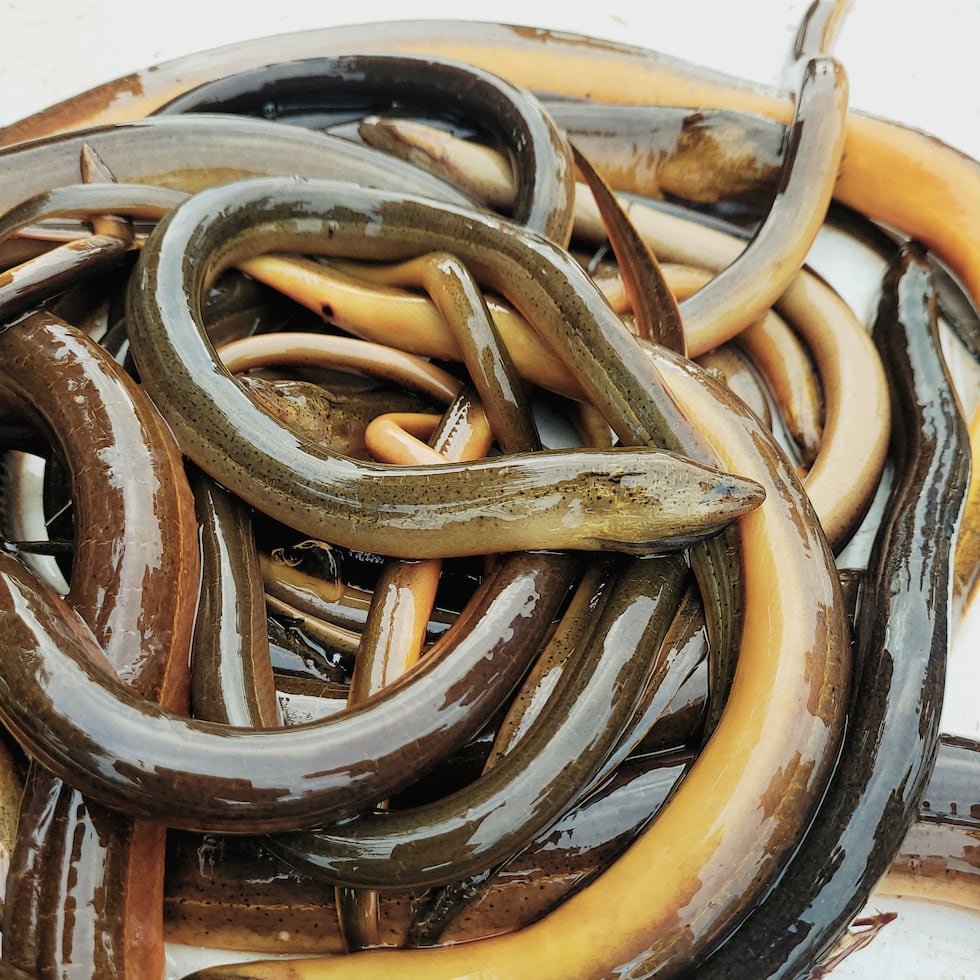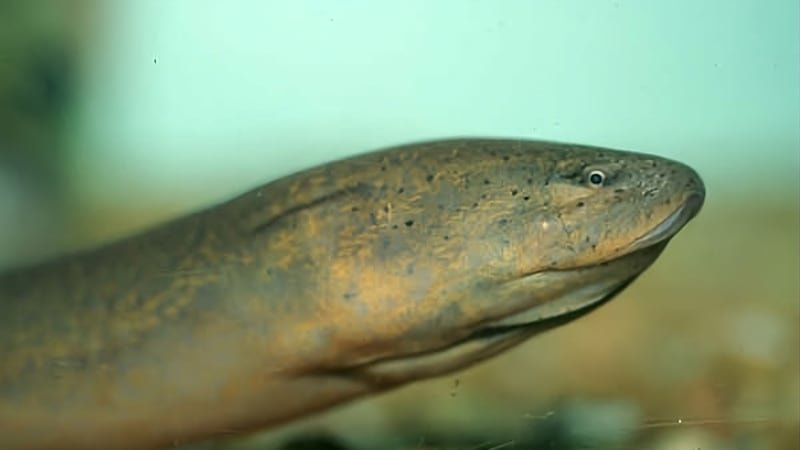Help Protect Florida’s Ecosystem: Report Swamp Eels in Gainesville, Florida, officials from the University of Florida (UF), in collaboration with the U.S. Geological Survey and the U.S. Army Corps of Engineers, are urging the community to report any sightings of an invasive species that has been present in the state’s waterways for the past twenty years. This initiative aims to raise awareness and gather valuable data on the distribution of this species, which poses a threat to local ecosystems.

The invasive species in question is the Asian swamp eel, a fascinating fish that has adapted to breathe underwater and flourishes in the muddy, stagnant waters typical of its native Southeast Asia. Known scientifically as Monopterus albus, this eel was first identified in Florida in 1997, marking the beginning of its presence in the region. In addition to Florida, this species has also been reported in other states, including Hawaii and Georgia, highlighting its expanding range.
Florida’s Ecosystem: Report Swamp Eels
The call for public involvement is crucial, as early detection and reporting can significantly aid in managing and mitigating the impact of the Asian swamp eel on Florida’s aquatic environments. By encouraging residents to keep an eye out for this invasive species, officials hope to gather essential information that can inform future conservation efforts and protect the state’s native wildlife from the potential threats posed by this non-native fish.
Researchers have expressed significant worries regarding the risk of invasive species infiltrating new waterways, particularly in relation to their potential effects on Florida’s rich biodiversity. The delicate balance of Florida’s aquatic ecosystems is crucial not only for environmental health but also for the state’s economy, which relies heavily on these natural resources. Paul Evans, a research coordinator at the UF/IFAS Invasion Science Research Institute (ISRI), emphasized the threat posed by invasive species such as the swamp eel, noting that their presence can lead to irreversible harm to the native flora and fauna.
The swamp eel, in particular, exemplifies the challenges posed by invasive species due to its remarkable adaptability. This species can thrive in a wide range of habitats, from tranquil streams to expansive wetlands, making it a formidable predator in these environments. The introduction of such species disrupts the existing ecological balance, as they often outcompete native species for resources, leading to declines in biodiversity. Evans highlighted that the unique predatory behavior of invasive species is particularly detrimental, as it can significantly alter the dynamics of local ecosystems.

The implications of these invasions extend beyond ecological concerns; they also pose economic risks. Florida’s waterways support a variety of industries, including tourism, fishing, and agriculture, all of which can be adversely affected by the proliferation of invasive species. As swamp eels and other non-native organisms establish themselves in new habitats, the potential for long-term ecological and economic damage increases. It is essential for scientists and policymakers to work together to monitor these threats and implement strategies to protect Florida’s invaluable aquatic ecosystems from the dangers of invasive species.
This particular species poses a significant threat to local ecosystems, as it can disrupt existing food chains and negatively impact the native flora and fauna. Its capacity for rapid reproduction complicates efforts to manage and control its population, making it a formidable challenge for conservationists and ecologists alike.

Recent observations have confirmed the presence of this invasive species across several counties in South Florida, including Broward, Hillsborough, Manatee, Martin, Orange, and Polk. The widespread distribution of this species raises concerns about its potential to further invade and destabilize local habitats, which could lead to long-term ecological consequences.
Authorities are calling on the public to assist in monitoring this invasive species. If anyone encounters it, they are encouraged to report their findings through the USGS Nonindigenous Aquatic Species website or by contacting the Florida Fish and Wildlife Conservation Commission at their dedicated hotline, 888-Ive-Got-1 (888-483-4681). Prompt reporting is crucial for managing the spread and mitigating the impact of this invasive threat.